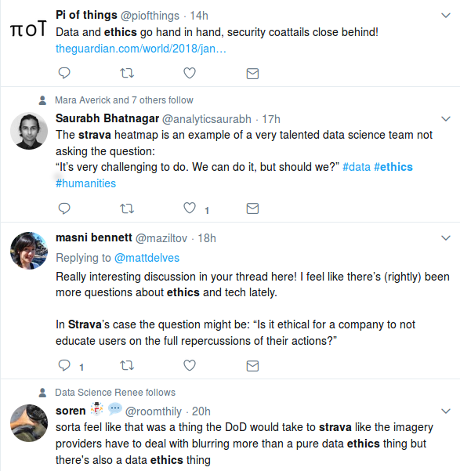AutoSploit
From the webpage:
As the name might suggest AutoSploit attempts to automate the exploitation of remote hosts. Targets are collected automatically as well by employing the Shodan.io API. The program allows the user to enter their platform specific search query such as; Apache, IIS, etc, upon which a list of candidates will be retrieved.
After this operation has been completed the ‘Exploit’ component of the program will go about the business of attempting to exploit these targets by running a series of Metasploit modules against them. Which Metasploit modules will be employed in this manner is determined by programatically comparing the name of the module to the initial search query. However, I have added functionality to run all available modules against the targets in a ‘Hail Mary’ type of attack as well.
The available Metasploit modules have been selected to facilitate Remote Code Execution and to attempt to gain Reverse TCP Shells and/or Meterpreter sessions. Workspace, local host and local port for MSF facilitated back connections are configured through the dialog that comes up before the ‘Exploit’ component is started.
Operational Security Consideration
Receiving back connections on your local machine might not be the best idea from an OPSEC standpoint. Instead consider running this tool from a VPS that has all the dependencies required, available.
What a great day to be alive!
“Security experts,” such as Richard Bejtlich, @taosecurity, are already crying:
There is no need to release this. The tie to Shodan puts it over the edge. There is no legitimate reason to put mass exploitation of public systems within the reach of script kiddies. Just because you can do something doesn’t make it wise to do so. This will end in tears.
The same “security experts” who never complain about script kiddies that work for the CIA for example.
Script kiddies at the CIA? Sure! Who do you think uses the tools described in: Vault7: CIA Hacking Tools Revealed, Vault 7: ExpressLane, Vault 7: Angelfire, Vault 7: Protego, Vault 8: Hive?
You didn’t think CIA staff only use tools they develop themselves from scratch did you? Neither do “security experts,” even ones capable of replicating well known tools and exploits.
So why the complaints present and forthcoming from “security experts?”
Well, for one thing, they are no longer special guardians of secret knowledge.
Ok, in practical economic terms, AutoSploit means any business, corporation or individual can run a robust penetration test against their own systems.
You don’t need a “security expert” for the task. The “security experts” with all the hoarded knowledge and expertise.
Considering “security experts” as a class (with notable exceptions) have sided with governments and corporations for decades, any downside for them is just an added bonus.





